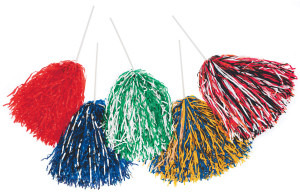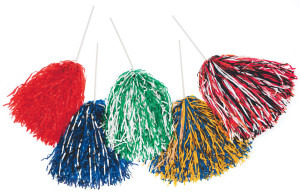For the past couple of years, I’ve been on a panel at a yearly XX Evening event put on by the Society of Canadian Women in Science, Engineering and Technology. Following the event, I’m assigned a little corner where I answer questions. Usually the questions are pretty evenly divided between, “What the #$@%$ do you do again?” and “Do you have any advice about networking?”
If there was ever a group that could use some insight about the latter, I’d guess that this particular professional demographic is a perfect target audience (I suppose that’s why they have the event). Myself included. I always find it a bit funny that I field networking questions because I’m probably the last person anyone should ask about it. Though I’m not an extreme introvert (in fact, I kind of ride the fence on that one), I’m not a big fan of flitting through large crowds and making idle conversation, nabbing cards and taking names and all of that.
But being a client-facing person throughout my years of working, I’ve had to learn how to fake it halfway decently.
Recently, I realized that this “faking” become a lot more natural. As I reflected on this, I recognized two things:
1. I’ve always enjoyed the one-on-one nature of user research — ethnographic studies, user interviews etc — because I truly do find people, and particularly their quirks, fascinating.
2. I’ve started to think of the whole process differently. Whether I’m at an event, dining with a group at a restaurant or sitting around a conference room table, I now focus on the people immediately on my right and left, rather than thinking about the whole overwhelming lot of ’em.
These two things in conjunction means that I approach the entire “networking” interaction in a way that’s familiar. I say familiar because it’s a lot like how I approach design — breaking a large thing down into smaller, digestible pieces, and then approaching each part with curiosity.
What this means is that I now frame networking more as a 1:1 interaction, allowing my quasi-introverted self make the mental hurdle of perceiving it as a conversation rather than fakey-fake chit-chat. And rather than struggle to immediately find some common ground, I instead learn more about the person, their interests, and most importantly, ask the “why” kind of questions that I often ask as part of my design work (and try not to sound like an Eliza bot or HR recruiter while at it).
Knowing the “why” seems to make the conversation transcend from the mundane and superficial, and make it more human…and empathetic. Personally, I find it much easier to dig deeper into a topic that I may know very little about, rather than skirt the surface of many general & safe topics like the weather, sports, etc. In the process, I also usually learn lots of interesting things about the person, things that probably wouldn’t come up in a normal conversations, like why they moved halfway across the world when they were 20; why they are no longer an Architect; or why they like some really obscure Chinese martial art.
So, for those who find networking a challenge too, try thinking of it as anthropology instead. I say that partially tongue-in-cheek, but funny how user studies can help out in more ways than you’d think…
(After writing the draft for this, I saw The Power of Introverts in one of my newsfeeds with an article, Why Creative People are rarely seen as Leaders. Interesting studies about introverts!)
p.s. This is a good article too: Caring for Your Introvert. And another more recent article–an introvert reflects on Myers-Briggs in The Myers-Briggs Type Indicator Changed My Life.
p.s.s. March 2012 update: A TED talk from Susan Cain about The Power of Introverts.

